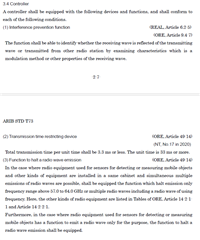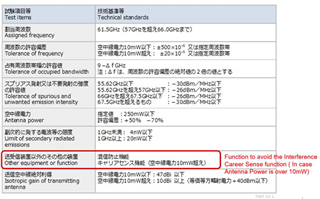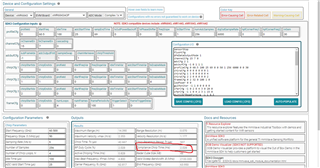There was already a discussion about carrier sensing function support for a certification in Japan:
We are in a similar situation where we plan to certify a product based on the IWR6843 for market access in Japan. I'm now a little bit confused based on the mentioned thread above. Is such a sensing function needed or not?





